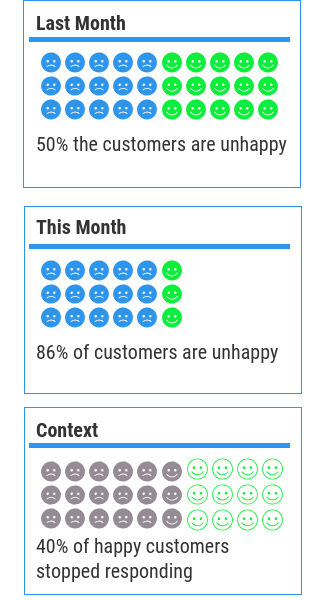Context Matters
As always, my posts begin with a seemingly simple problem posed to me in my day-to-day: Why is X rate up year over year??
This can be any kind of rate… I’m sure you have had the same question posed to you, even if you’re not an analyst. One thing you always need to provide, along with the answer to that question, is the context. Without it you will never be serving up the truth.
What do I mean by “context”?
Say I decide to measure my heart rate on a Saturday morning. I check my Apple Watch, press the Heart Rate icon, and see I’m running at about 140 bpm. (The idea is around 60 bpm, or roughly 1 beat per second.) All of a sudden I panic – WHY IS MY HEART RATE TWICE AS HIGH AS IT SHOULD BE??? Is it a heart attack? Am I dying? What do I need to do?
Well what if I told you on that particular Saturday morning I am running a marathon. Changes the way we look at a particular number, doesn’t it?

This is the same level of context we need when we report on or analyze changing rates.
For example, when trying to analyze why a customer sentiment score had recently fallen, I took a look at the number of people being measured. The volume of positives had decreased overall, while the negatives stayed steady. This means the negative volume skewed the positive volume, not that the sentiment was necessarily down.
Another example is when the average handle time for a customer service department slowly ticked up month over month for a year. After digging into the problem, other teams had been implementing proactive solutions aimed at fixing the simple issues, and the results were dramatically decreased calls and handle time. The calls left were the more difficult issues, which took (on average) longer to solve.
How do I provide context in my next analysis?
The solution is simple: Include volumes for context when reporting on rates. In the past business have been focused on setting measurable KPIs and OKRs, most often as rates or averages. As we get more sophisticated in our efforts, including automating or eliminating the ‘easy’ issues, targeting the right people at the right time, and shifts in consumer behaviors (ie, survey fatigue), our measurements should also change to allow for context.
Now back to my marathon.